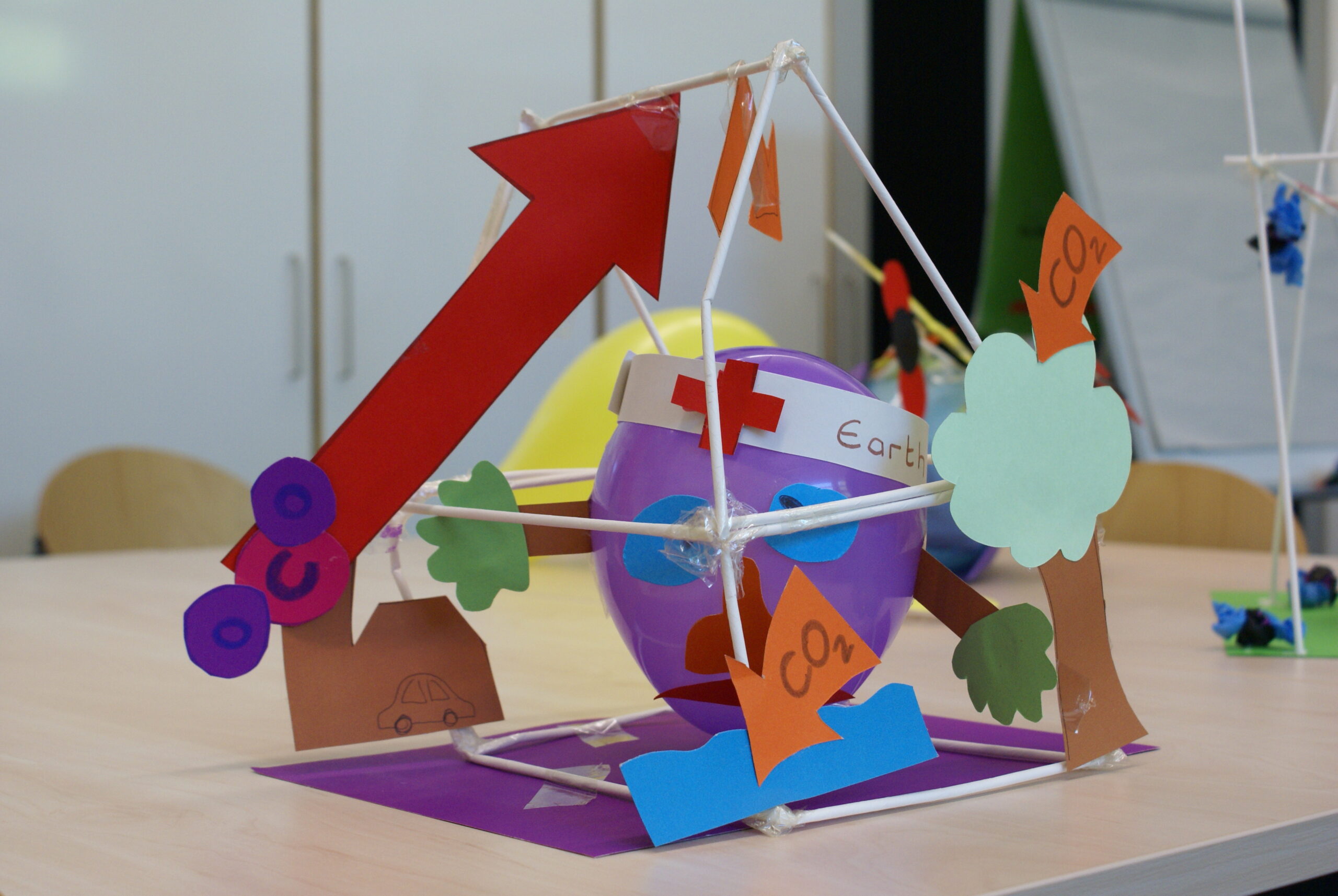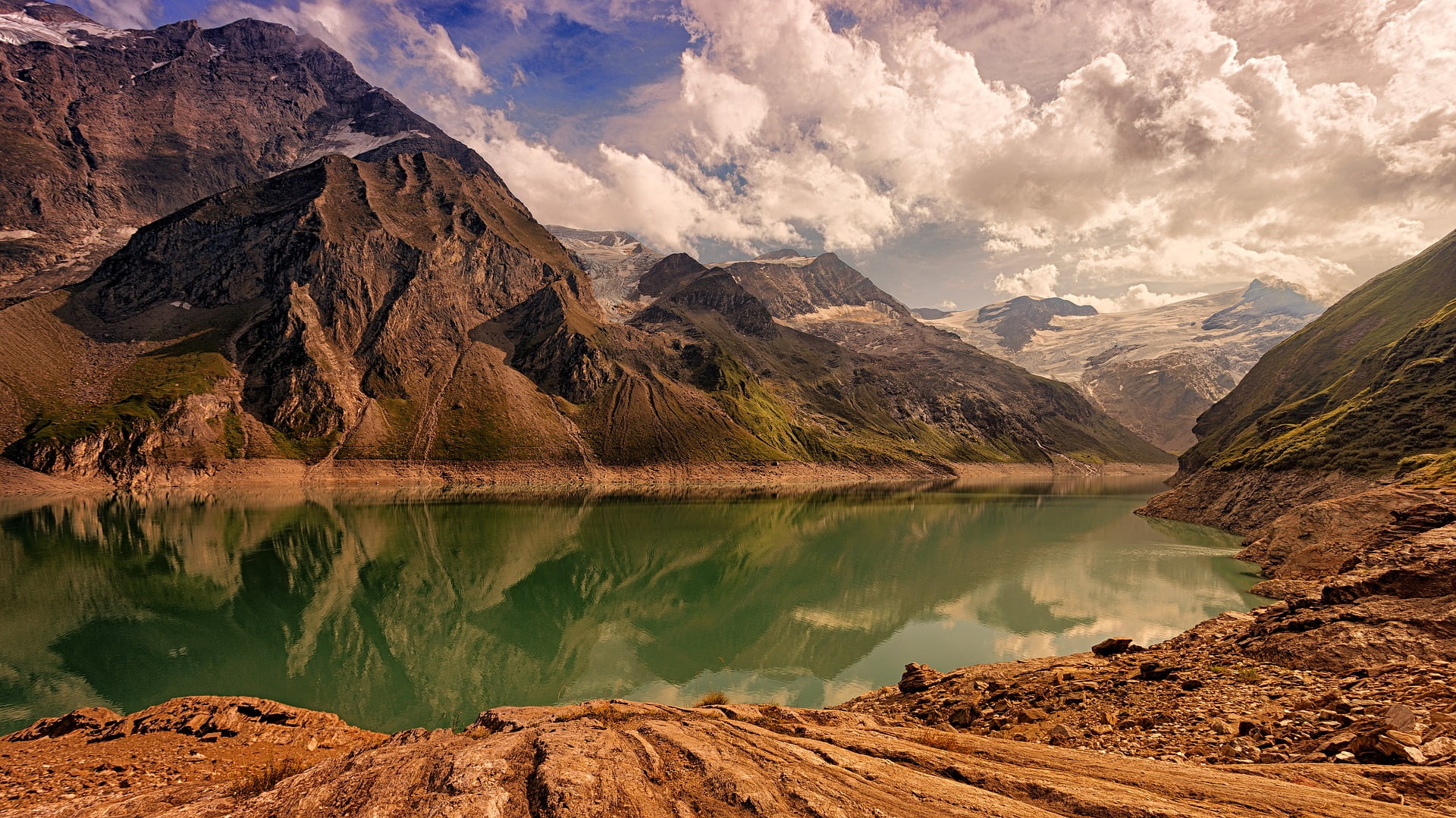The water cycle
Key Stage 2 Science/ Geography
Overview
In this series of activities children will be using what they have learnt earlier about evaporation, condensation and reversible changes of state, to build up the water cycle from first principles.
The slides and the water cycle experiment will provide opportunities for children to extend their knowledge and to ask questions.
The practical activities will allow children to demonstrate their learning in a fun and creative way.
Objectives
Children should learn:
that water evaporates from oceans, seas and lakes, condenses as clouds and eventually falls as rain.
that water collects in streams and rivers and eventually finds its way to the sea
that evaporation and condensation are processes that can be reversed to interpret the water cycle in terms of the processes involved
Lesson plans
Activity one
Water cycle in a bowl experiment
Activity two
Children work in small groups to describe the water cycle in a variety of ways:
- Designing a poster of the water cycle
- Making a cartoon strip of the water cycle for a drop of water
- Writing and performing a water cycle rap
- Completing the water cycle word search
- Each group shares their work with the rest of the class during plenary.
You will need:
- Paper for posters
- Paper for cartoon strips
- Reference books
The water cycle wordsearch answers
Web page reproduced with the kind permission of the Met Office
For teachers the water cycle in depth.



